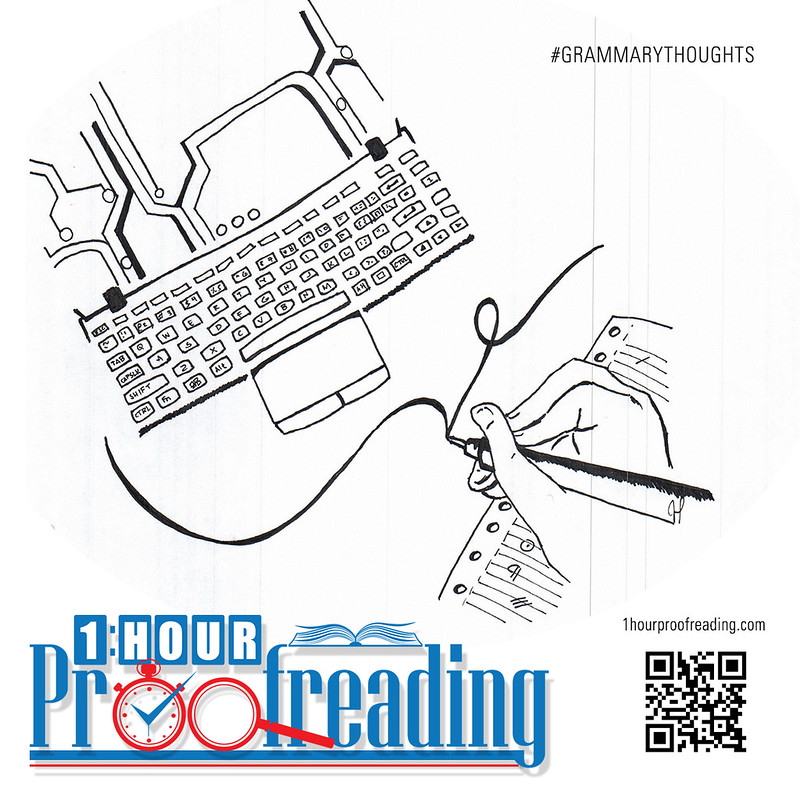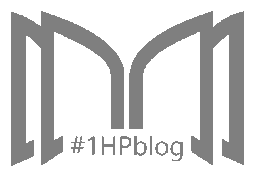Proofreading: From Corrections Made Across the Page to Corrections Made on the Screen
Posted on Apr 21, 2016
Proofreading is one of the necessary steps taken before publishing a book, an article, or a document. It is an important part of the publishing process as it is when the material is reviewed for errors in spelling, grammar, and punctuation.
Proofreading methods commonly used today are significantly different from those in the past.

With GutenbergŐs movable type, fifteenth-century authors were more easily able to create proofs and typeset hard copies of their manuscripts, which often had errors that had been put into the text most likely during the typing process itself. This was where a traditional proofreader came in. A proofreader was to read the text on a hard copy part by part and compare it to the typeset version. Any errors, occasionally called line edits, found were then marked using standard proofreadersŐ marks.
Several of the most common proofreadersŐ marks are the following:
Delete, for deleting extra letters and punctuations or unnecessary words and phrases
Para, for adding a new paragraph
Stet, for indicating that a correction inserted should be ignored; three dots are placed beneath the corrected word or phrase

Capitalize, for capitalizing letters
Lowercase, for putting words in lowercase
Italics, for italicizing words or phrases
Close up, for deleting extra and unnecessary spaces between characters
Parens, for inserting parentheses; the horizontal lines help in differentiating the parenthesis from the letter C, especially in handwritten copy
Period, for inserting periods
Space, for inserting a space between words
Spell out, for spelling out words, mostly used for abbreviations and numerals
Transpose, for changing the order of words
After the line edits were made, the proofs were forwarded to the typesetter or, in some cases, the graphic artist, who then made the necessary corrections. The proofs were thereafter handed back to the proofreader, and the process was repeated so long as revisions were necessary.
However, with the advent of the technological age, this process has been simplified. Modern spell-check software and computer algorithms are used to look over a manuscriptŐs grammar and style. One of these programs, most often used by Microsoft users, is Track Changes.
Track Changes, featured on Microsoft WordŐs Review tab, allows the user to see deletions, comments, and changes made on the document without needing another separate copy, thereby enabling a quicker comparison of the original text to the corrected one.

The user also has the option of accepting or rejecting the changes made, should the document be checked over by an outside party, such as a proofreader or an editor.

Aside from Track Changes, features such as Spell Check are available for users to see if they have misspelled anything in the document. A red squiggly line appears beneath the misspelled word.
This is not to say that computers are error-free. These programs and features might seem to address all the writerŐs woes, but this is not always true. Writers, professional or not, are becoming increasingly guilty of relying on these programs too much, and that is a serious mistake. These programs often overlook basic slips in punctuation and often miss errors in grammatical structure. Thus, despite the usefulness of these computer wonders, human proofreaders and editors are still necessary in the entire publishing process.
Proofreaders rely on training and in-depth knowledge on grammar and syntax to detect mistakes in manuscripts. They have a real-world grasp of sentence structures, and they know when something in the sentence reads wrong, awkward, or otherwise. They have a sense of whether other readers will understand the text and, if they wonŐt, of what to do to make the text better and easier to comprehend. Proofreading is more than just looking for the typos, after all. Proofreaders look at the context and see if the text itself aligns with it, and they make the text clearer, cleaner, and more readable.
Do you have any burning questions? The 1-Hour Proofreading team will be happy to answer them.
About 1-Hour Proofreading
1-Hour Proofreading is a growing start-up offering fast and efficient editing services at a reasonable price with the assurance that the document is publication-ready the soonest you need it. Its team of highly competent professional editors is committed to helping those in need of quality editing services while facing tough deadlines.
Visit 1hourproofreading.com for more details.
Follow us:
Back to Grammary














